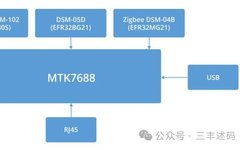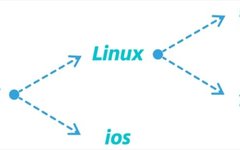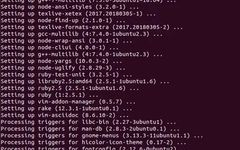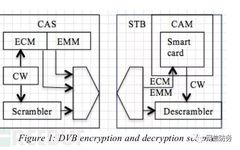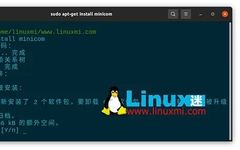An Overview of Linux Interrupt Handling
Stage One: Obtaining the Interrupt Number Each CPU has the ability to respond to interrupts. When a CPU responds to an interrupt, it follows the same process. This process is the interrupt service routine provided by the kernel. Upon entering the interrupt service routine, the CPU has automatically disabled interrupt responses on that CPU, as … Read more


